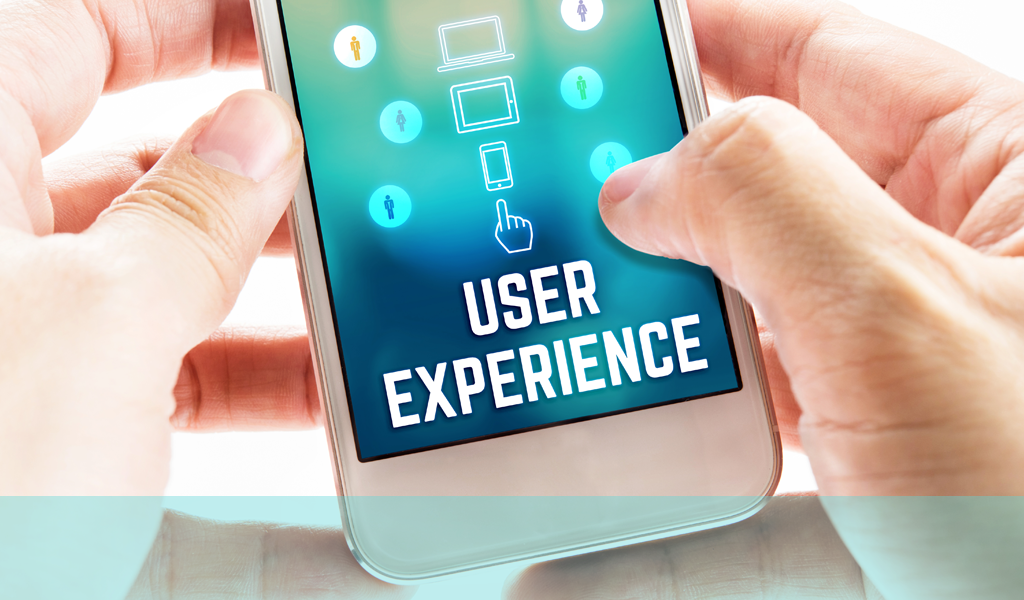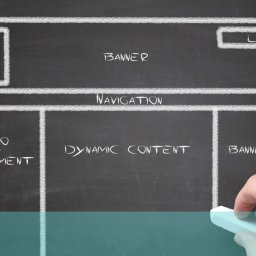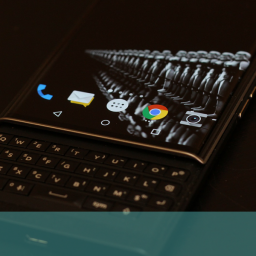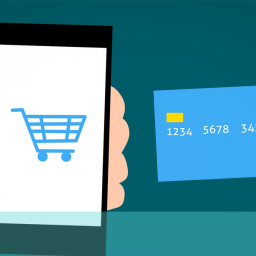
What is Anticipatory Design?
You might not have heard the term ‘anticipatory design;’ but it is already becoming the next big step in the online environment. Looking back, the original purpose of electronic and online information provision was to give users a greater amount of choice and data about the options to facilitate decision-making and ensure that decisions were made on the best and widest variety of information possible. An unfortunate and unintended consequence of this has been a massive information overload, often leading to the decision process being clouded and bad decisions, or even decision-paralysis, ensuing.
If you think about this from your own point of view, if you have spent hours ploughing through screens and screens of options offering you product choices in all sorts of varieties, often by the end of the process you are so fatigued, frustrated that it is likely you simply make a decision just to get it over and done with. In this instance increased choice and information hasn’t led to an enhanced user experience and better fit between end-product and user. This is quite a common scenario as anyone who has tried to select a holiday or buy a suit online will testify!
The idea behind anticipatory design is to reduce choice and decision-making for the user by using data about them to filter options and provide the decision-maker with a scaled-down list of potential buys. The process works by the system actually anticipating what decision the user would make faced with a series of choices and then proceeding based on those selections. Different services will obviously work in different ways dependent on how they are programmed and what sources of information they are able to mine.
Anticipatory Design Applications
Potential and existing applications using data sources for anticipatory design scenarios include;
- Travel Bookings – where the system can search your online diary to synchronise for flights, hotel arrangements etc;
- Online Purchases – if you are buying, for example, clothes, beauty products or other personal items the program can search your previous buying habits to establish such things as size, colour preferences even style likes and dislikes to provide a personalised list of suitable products;
- Food Products – a program could advise on or suggest complementary of alternative products to those you are ordering based on, for example, dietary preferences or health issues. This could be taken even further by providing the application with menus or meal preferences and letting it analyse and suggest purchases simply from this;
- Navigation Apps – these already use anticipatory design in many cases where the app knows your journey and looks out for potential or existing problems along the way so it can advise you of better alternative routes. This can be enhanced by live inputs from other users to further improve the intelligence and the user experience.
While it might seem to some degree counter-intuitive that after giving users the great amount of choice and variety via the web that systems should now be looking to take it away again; but looking at a from the point of view of user experience and use of technology, computers have gathered masses of data about your customers. This is the next step in honing, targeting and using that data to enhance and simplify purchasing decisions and ease the time pressures and frustration of online searching and too much choice that currently exists for many.
If you are interested in the concept of anticipatory design for your business website or products, why not give us a ring on +44(0)800 0246247 or email us at hello@ux247.com for an exploratory chat about the concept.

















